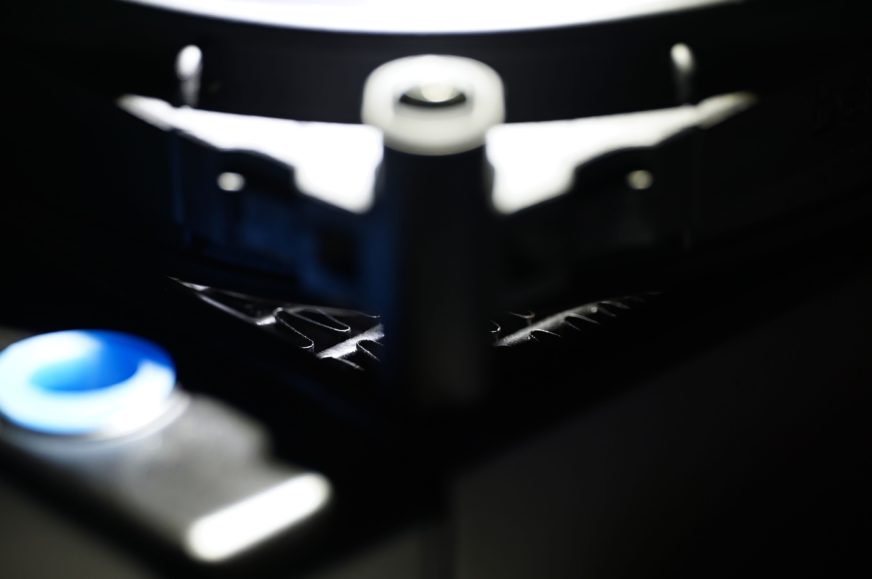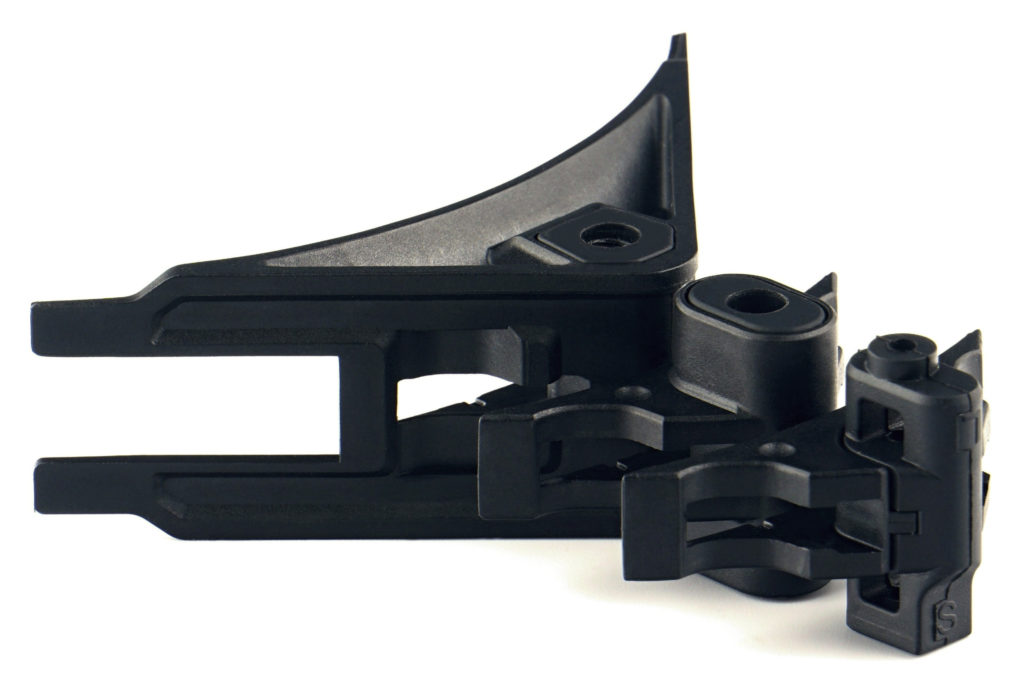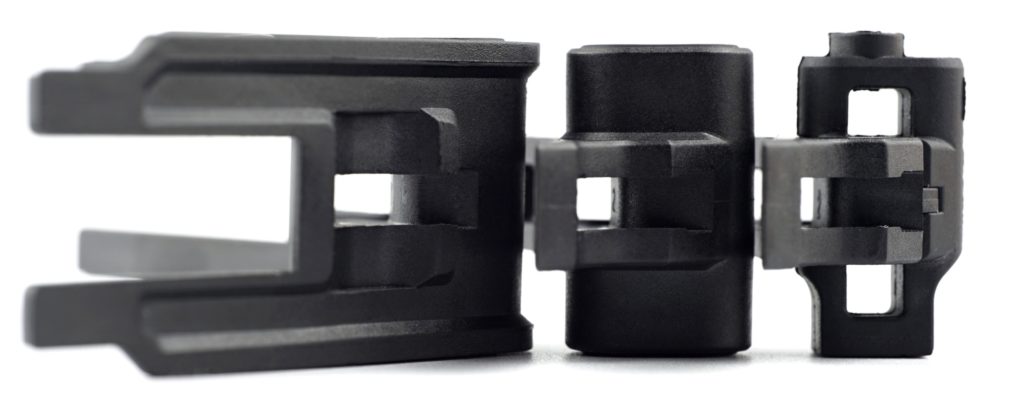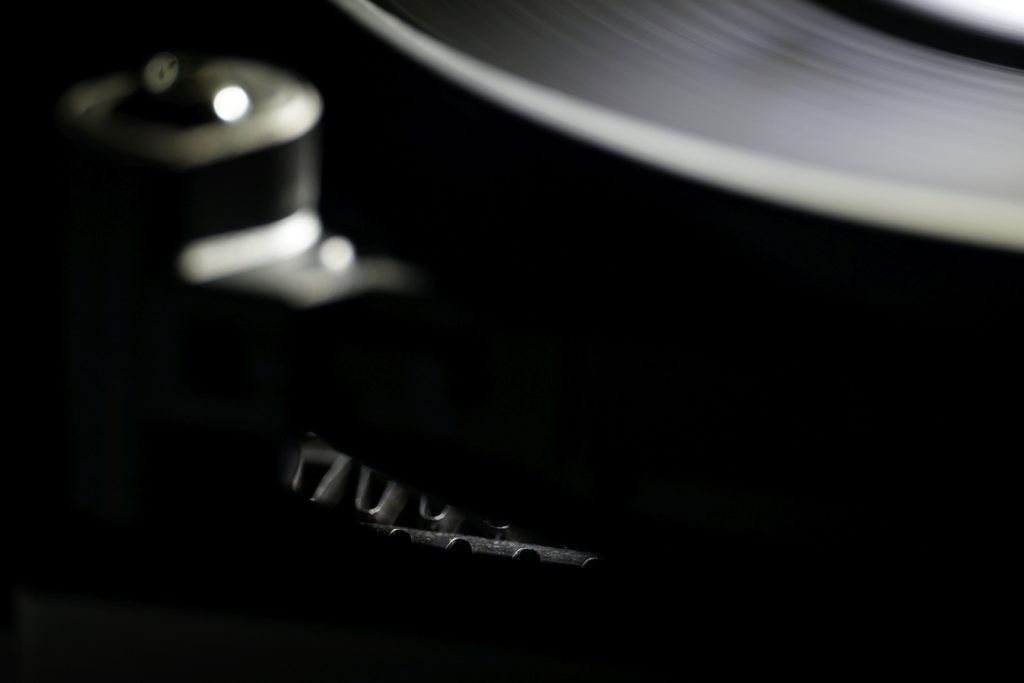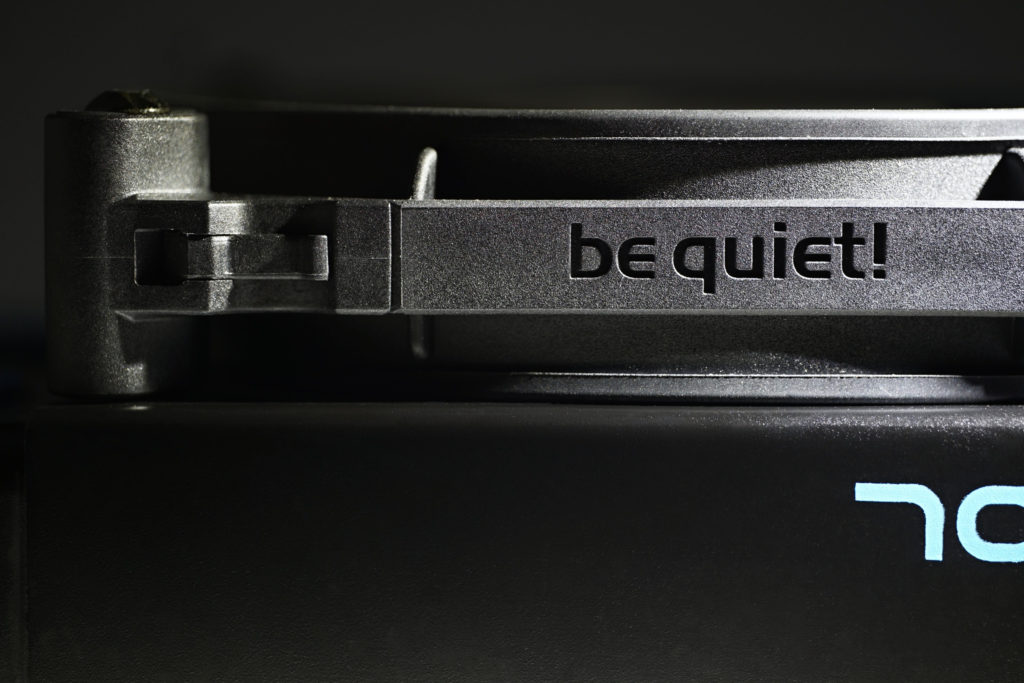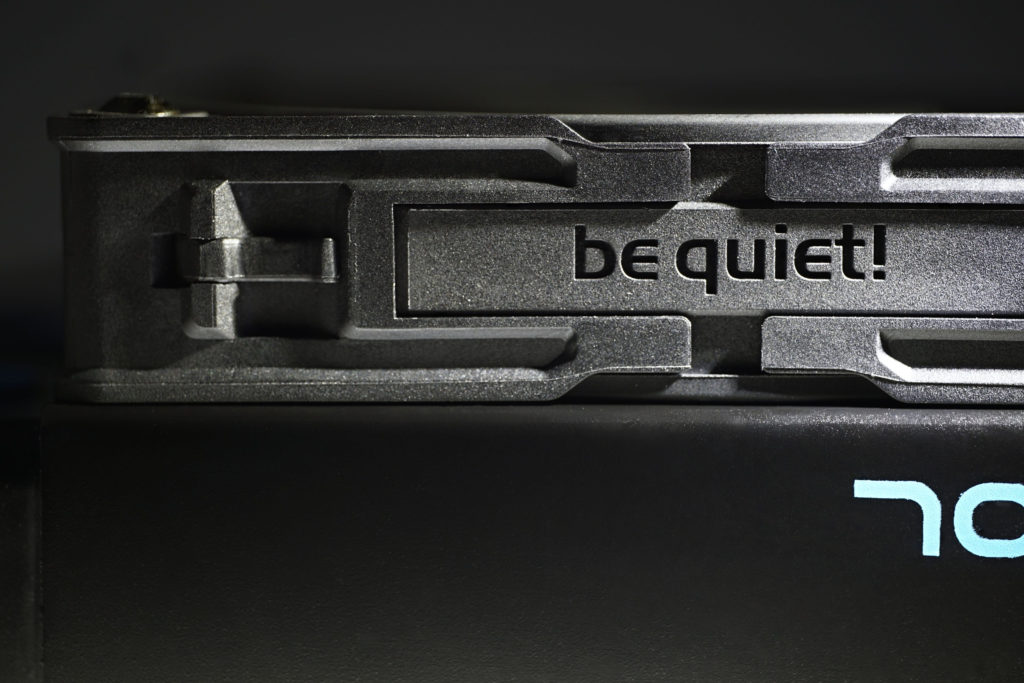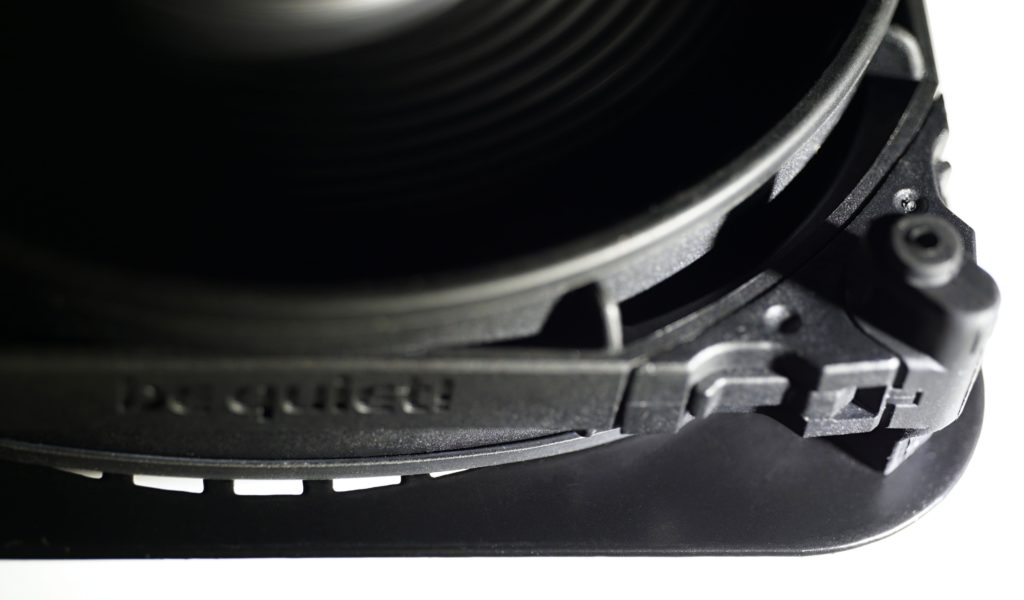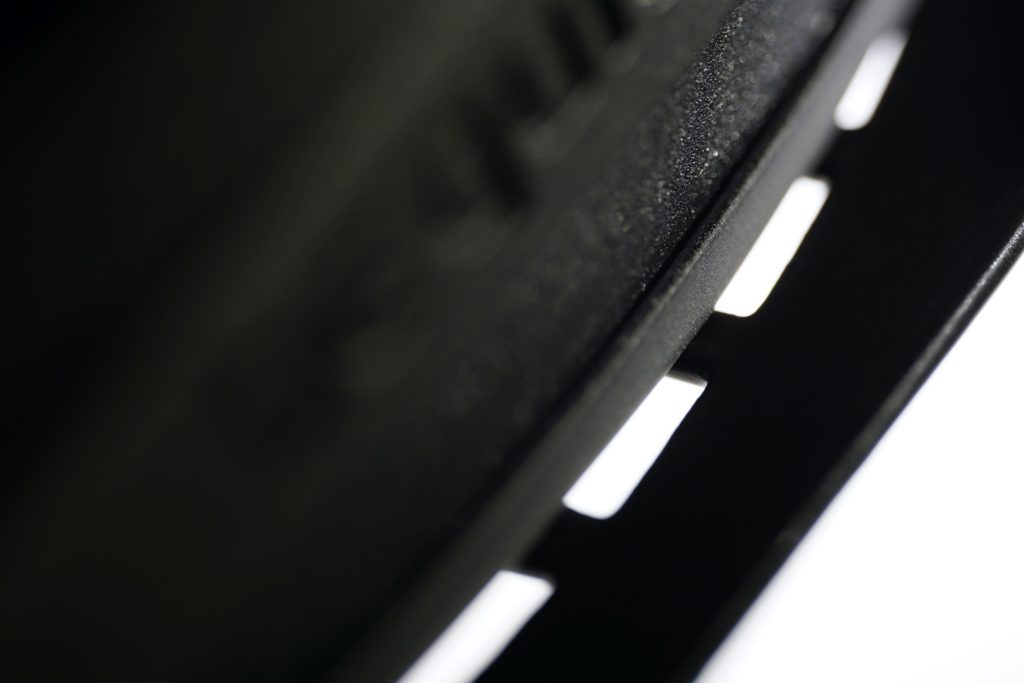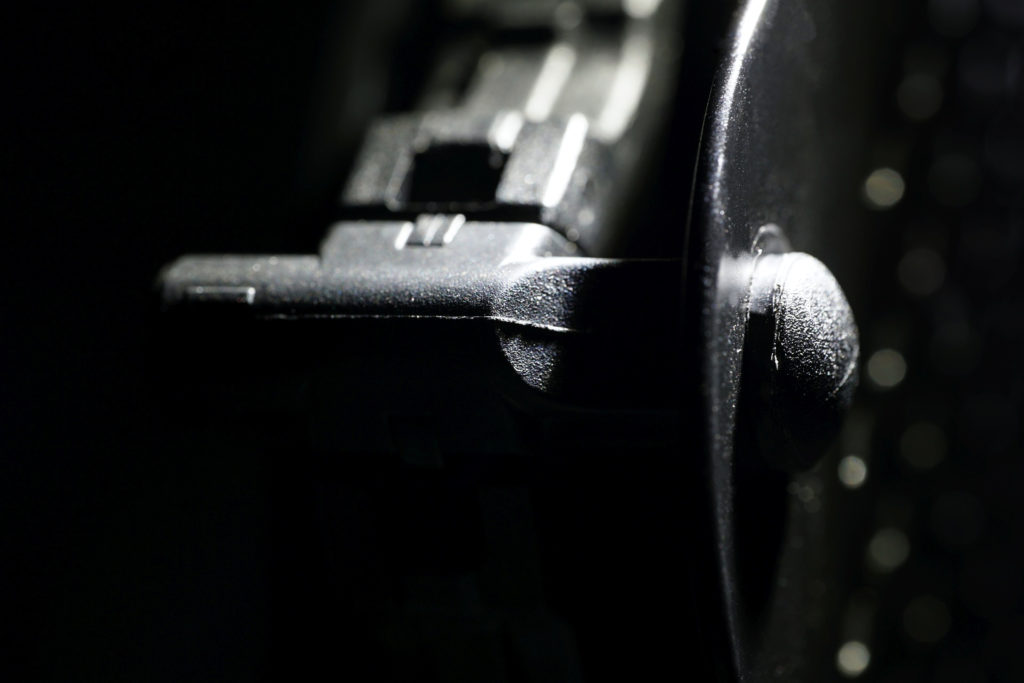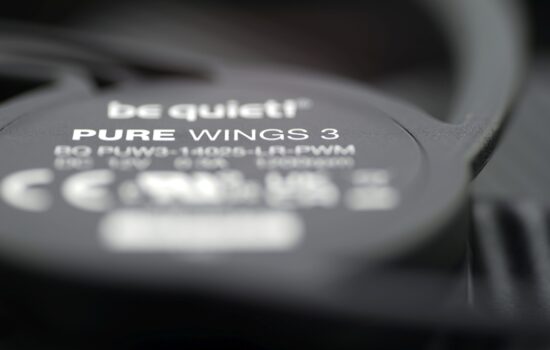Tests of alternative BeQuiet! mountings
This didn’t work out for BeQuiet!. The supplied mounting corners for specific uses don’t work as promised. Instead of increasing the static pressure as advertised, the corners on radiators even decrease the static pressure and thus the cooling performance. And even the case mountings, which are supposed to eliminate vibration, don’t make much sense on the Silent Wings (Pro) 4 design. The whole thing seems somehow… half-baked.
The accuracy of fan test results depends on the smallest details. The way you attach the fan to the cooler or case is also important. And that doesn’t necessarily mean the different mounting systems, the results can also be affected by the varying pressure of the fasteners – typically screws. Therefore, we tighten each fan to the wind tunnel with the same force.
Various alternative fasteners are also often used instead of screws, and BeQuiet! goes the furthest in this direction. While most manufacturers supply rubber spikes as a second option with a softer fit to suppress vibration, BeQuiet! has modular corners with different features. After the standard and rubber corners for case mounting, the Silent Wings Pro fans also have a third type in the accessories – for radiators. In our tests we will be looking at how a fan’s properties change with which corners. And they do indeed change…
All BeQuiet! Silent Wings (Pro) 4 have pre-installed corners, which we will refer to as “standard”. These have the widest arm span compared to the others – 80mm. The span of the corners designed for radiators and tool-less case mounting is barely half that (43.2–43.7 mm).
The height differences between the different types of corners are minimal, with standard corners being 25.5 mm, radiator corners 25.2 mm and anti-vibration case corners 26.1 mm. The distance between the centres of the mounting grooves, however, is the same 12.6 mm for all types. The case corners are slightly higher due to the asymmetrical shape of the rubber. It is also important to note that each of the corner types has a different amount of rubber material to dampen vibration.
Standard corners and corners on radiators have a similar amount and it is practically only an inserts that the fans rest on. But this is through a very small thickness. But the case corners are fully made of rubber and the only thing they have in common with the others is the plastic core through which they snap to the fan. The rubber used is otherwise always the same hardness (estimated at 40 Shore) and the plastic material of the corners, PBT with 30 % glass fibre, is also the same.
We tested the alternative corners in environments for which they are supposed to be the “better option” compared to the standard (pre-installed) ones. We measured airflow and static pressure on radiators with the ones for radiators and with the anti-vibration ones how they perform in terms of vibration dampening.
Static pressure is reduced by holes…
When examining the radiator corners, we found no reason in the design for them to excel over standard corners. So we asked around and BeQuiet! claims that they “fit snugly against the fan to prevent air leakage to ensure maximum static pressure”. What specifically fits tightly (tighter compared to the standard corners?) to the fan is hard to say, but one thing really sticks out.
The mounting arms are not only shorter, but also lower and there’s significantly less material is used on them overall. As a result, the corners for radiators don’t fit as well as the standard ones to the outside of the frame which is around the rotor. In contrast, the significantly wider and higher arc of the standard corners seals off this space perfectly. In practice, therefore, this is exactly the opposite of what BeQuiet! claims.
Corners for radiators create leaks through which air escapes and the difference in pressure in front of and behind the radiator is naturally greater. In other words, less efficiency is achieved with corners for radiators, and if you install a fan over them you’re downgrading it to the level of more “ordinary” fans. The performance loss is around 20 %. Exact results and comparisons for different noise levels can be found in chapters two to five of this article.
The photos below illustrate how a fan with different corners fits on the plastic of a radiator. Note that the frame around the rotor is always in contact, with no gaps. The only difference is in the defects that occur with the corners, which BeQuiet! refers to as “suitable for radiators”. Paradoxical, but true. Moreover, these corners are symmetrical, so there is no question of incorrect installation.
… and insulating the corners is not enough
The anti-vibration corners also have, shall we say, some room for improvement. Everything looks amazing at first, lots of soft material, sophisticated installation, but there is one flaw that spoils almost everything. And that is the conflict of the frame, or rotor tunnel, with the case grille. It is indeed through the rubber insert, but it is extremely thin and does not dampen the vibrations effectively. The mounting positions as the hardest spots are indeed perfectly insulated, but the vibrations are transmitted through other places. Nevertheless, at higher speeds (above 1250 rpm) their intensity is always lower.
At lower speeds (below 1150 rpm), standard corners are preferable to achieve more favourable results. If it wasn’t for the contact point, the anti-vibration corners would certainly suppress vibrations to a negligible minimum – they have the parameters for it (the rubber is soft enough). You can also improve the functionality of the anti-vibration mountings yourself, by separating the fan tunnel.
I guess one could debate whether BeQuiet! could not have created a spacing that would have put the grille out of reach. However, that would mean a compromise in performance. Although who knows how great it would be if the standoff was in the order of tenths of a millimeter. Anyway, after these measurements, we also have to correct a bit the text in the standard Silent Wings Pro 4 review, which puts the anti-vibration corners in a positive light. It remains true that BeQuiet! has improved the mounting system significantly, but the dubious benefit of anti-vibration corners, and the counterproductivity of the radiator ones don’t deserve words of praise.
English translation and edit by Jozef Dudáš
- Contents
- Tests of alternative BeQuiet! mountings
- Results: Airflow through a thinner radiator
- Results: Airflow through a thicker radiator
- Results: Static pressure through a thinner radiator
- Results: Static pressure through a thicker radiator
- Results: Vibration, in total (3D vector length)
- Results: Vibration, X-axis
- Results: Vibration, Y-axis
- Results: Vibration, Z-axis





